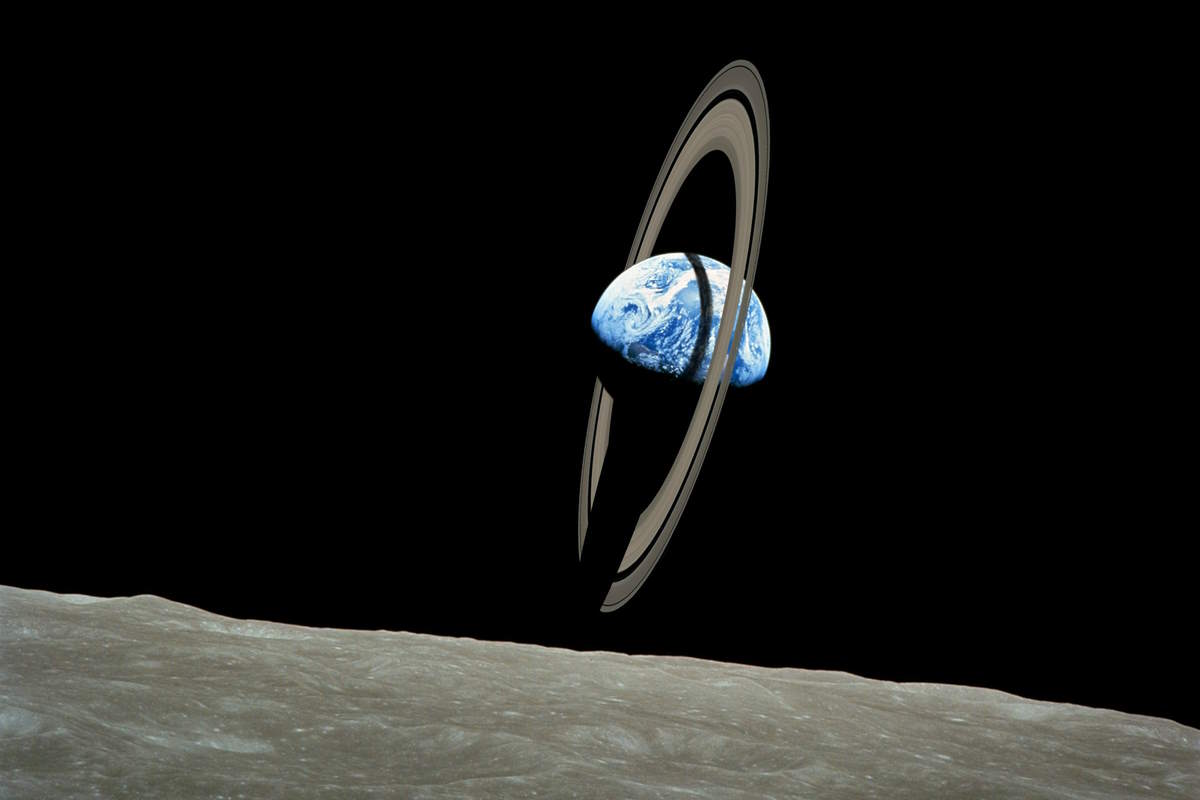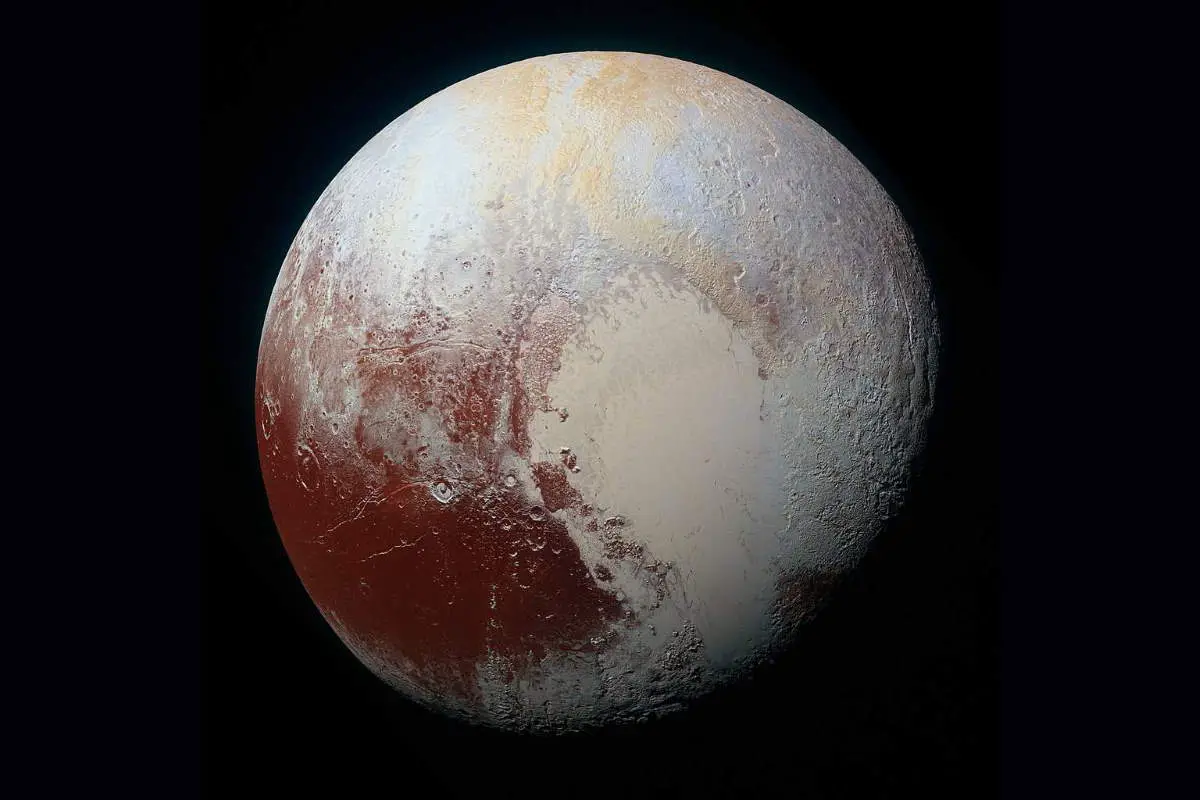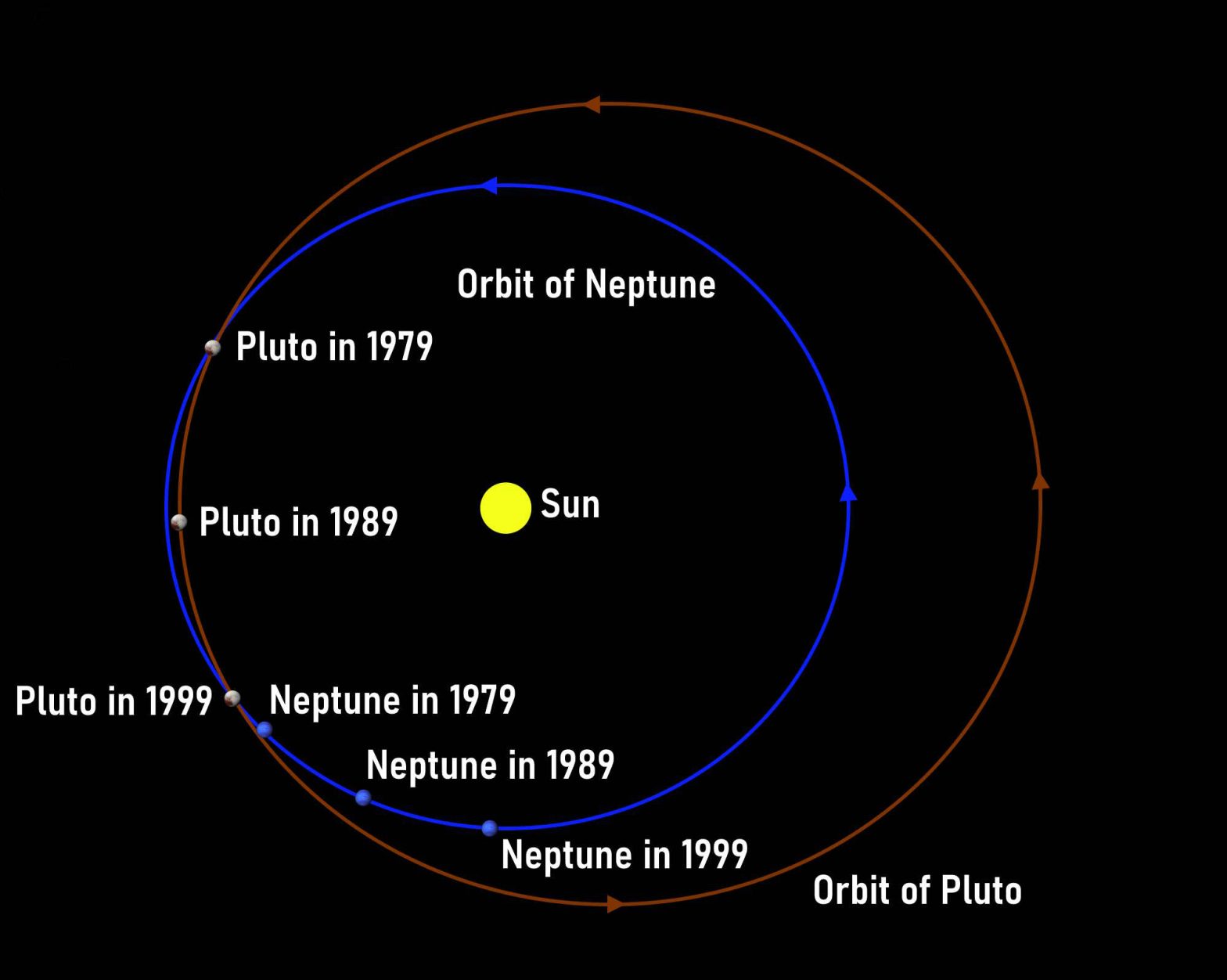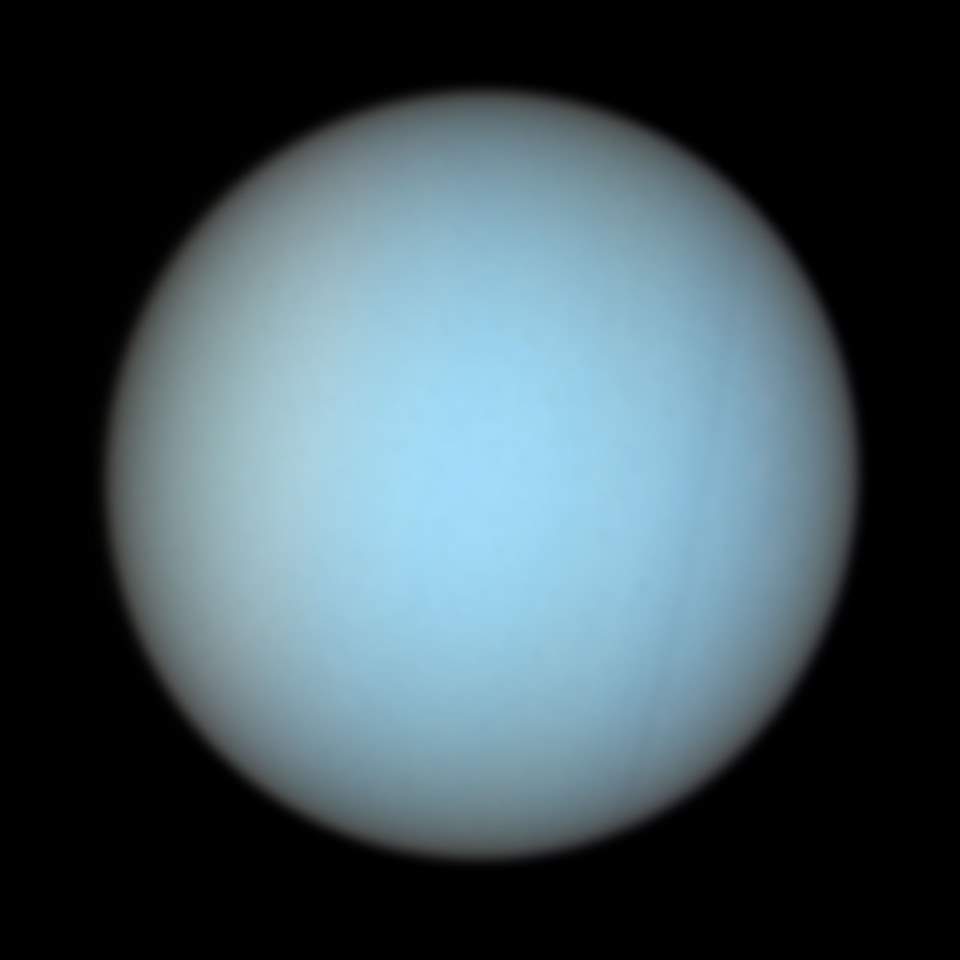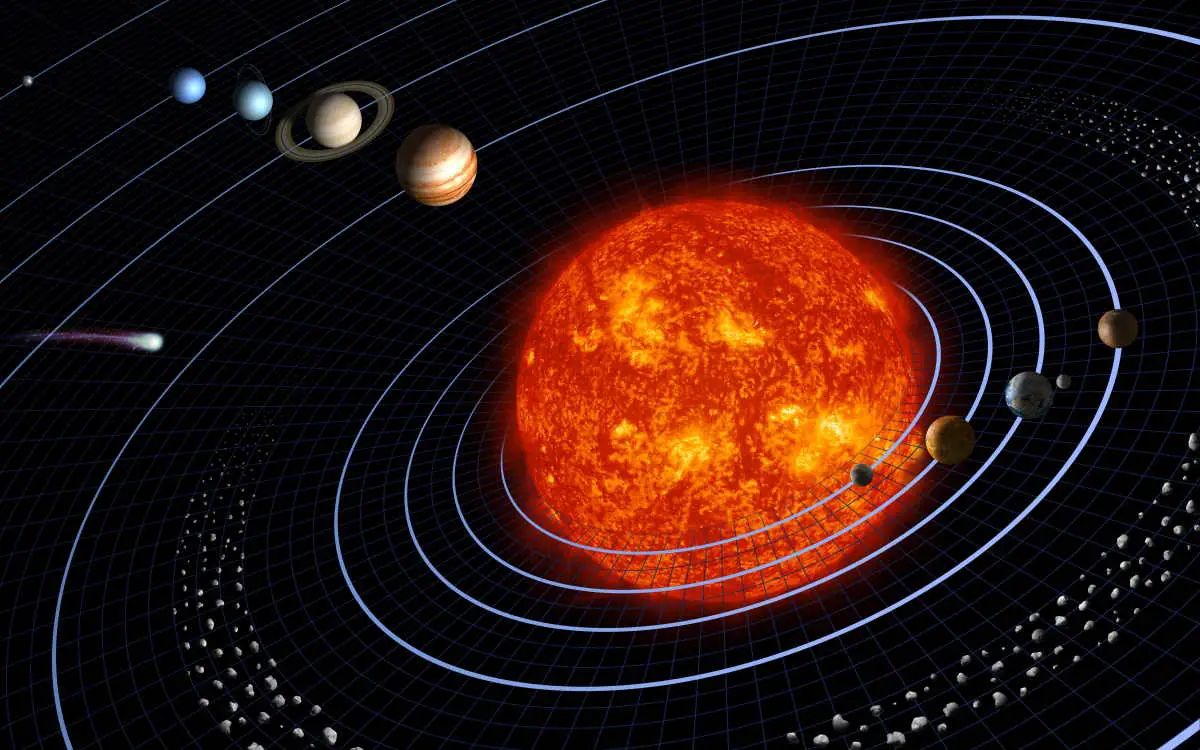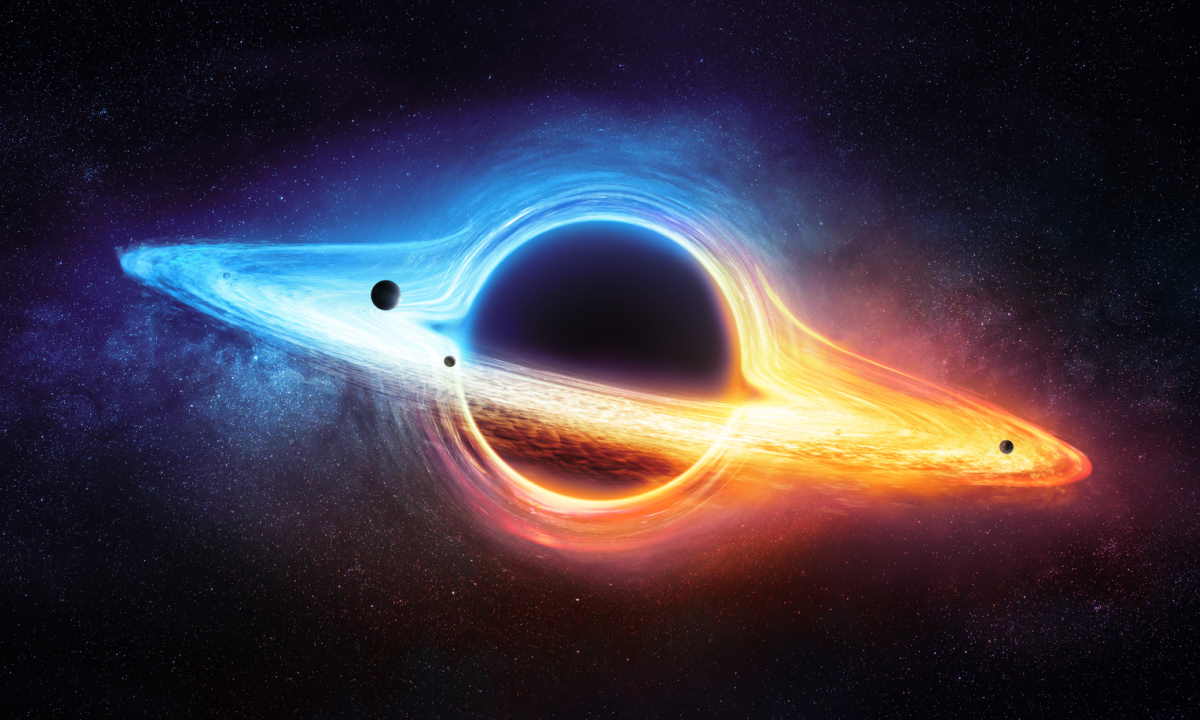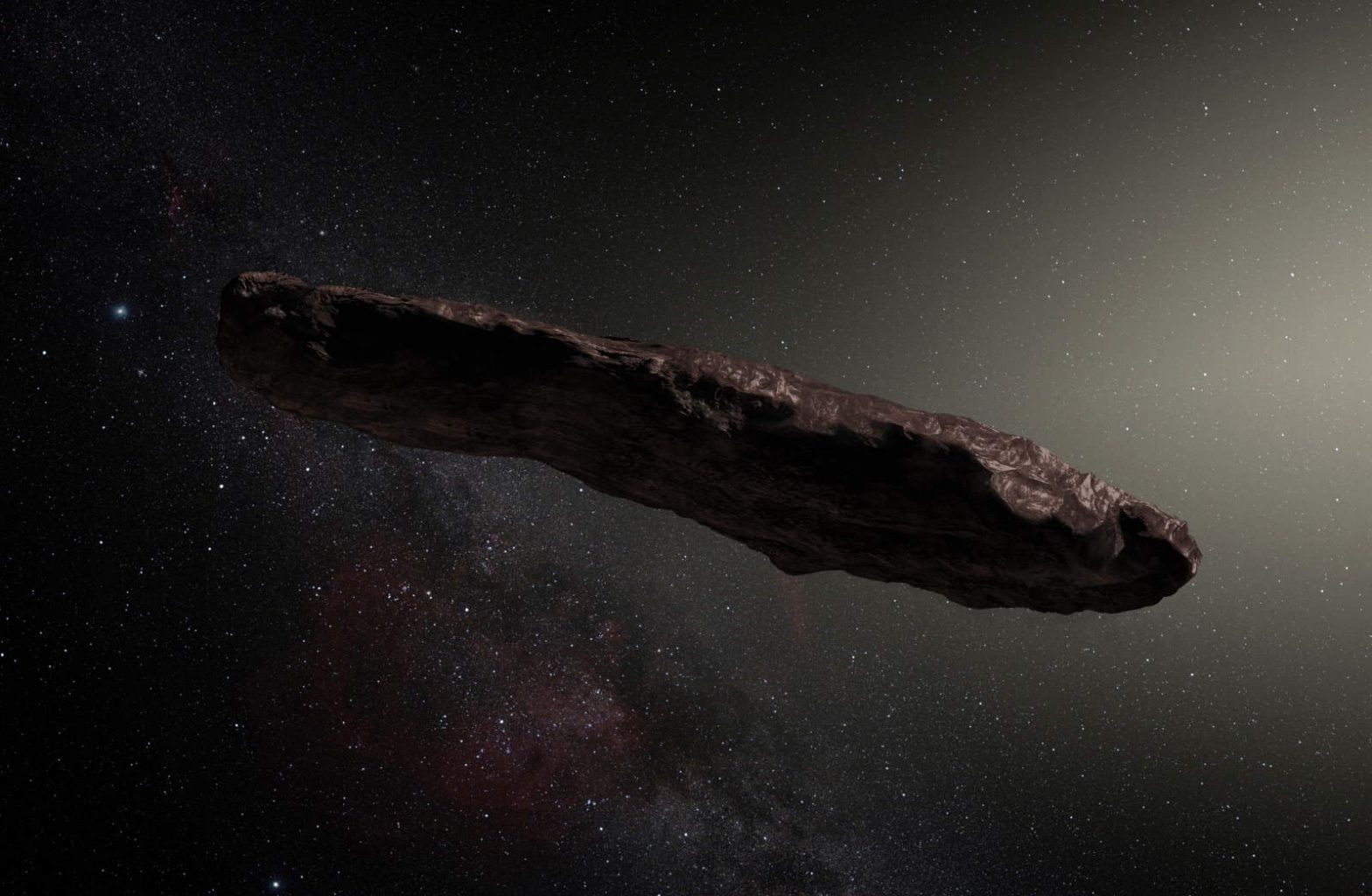A new study led by physicist Sascha Kempf at the University of Colorado Boulder has upended our understanding of Saturn’s iconic rings, suggesting that they may be much younger than previously believed. According to recent research, the majestic rings encircling the gas giant could be no more than a mere 400 million years old. These …
Continue reading “Saturn’s rings are no more than 400 million years old, study suggests”
![Cassini image of Saturn and its rings [October 28, 2016]](https://cdn-0.ourplnt.com/wp-content/uploads/2023/05/Saturn-Cassini-2016-10-28.jpg)
